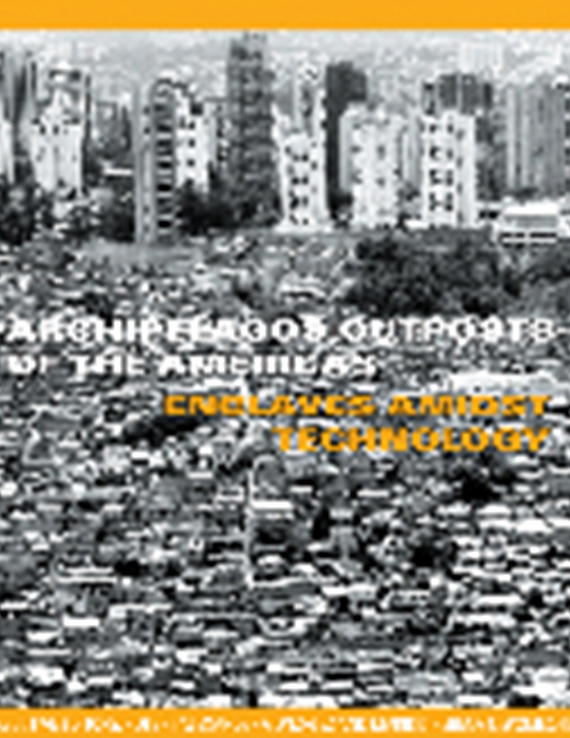Author(s): Linn Song
Globalization is not new; it has always existed and provided justification for nationalistic rhetoric and the construction of a collective memory and identity. Ironically, “homogenization” – packaged as national identity/culture – is often a strategy utilized to combat the same “homogenization” that is identified with globalization. Ultimately, it is a problematic and exclusive process that results in the purification of culture and the marginalization of people and objects not associated with the larger collective. This paper traces the cultural and political practices of Germany in its search, creation and manipulation of a collective identity. It examines the appropriation of, and identification with landscape, architecture and their imagery as essential components of “Heimat” and the construction of a German cultural narrative.Germany’s relatively short and turbulent history provides insight into the discrepancies involved in attempting to understand and define “nation” and perhaps reveals the necessity to rethink our relative static definitions of culture in an age of hyper-globalization.
Volume Editors
Marilys R. Nepomechie & Robert Gonzalez
ISBN
0-935502-54-8

 Study Architecture
Study Architecture  ProPEL
ProPEL 
